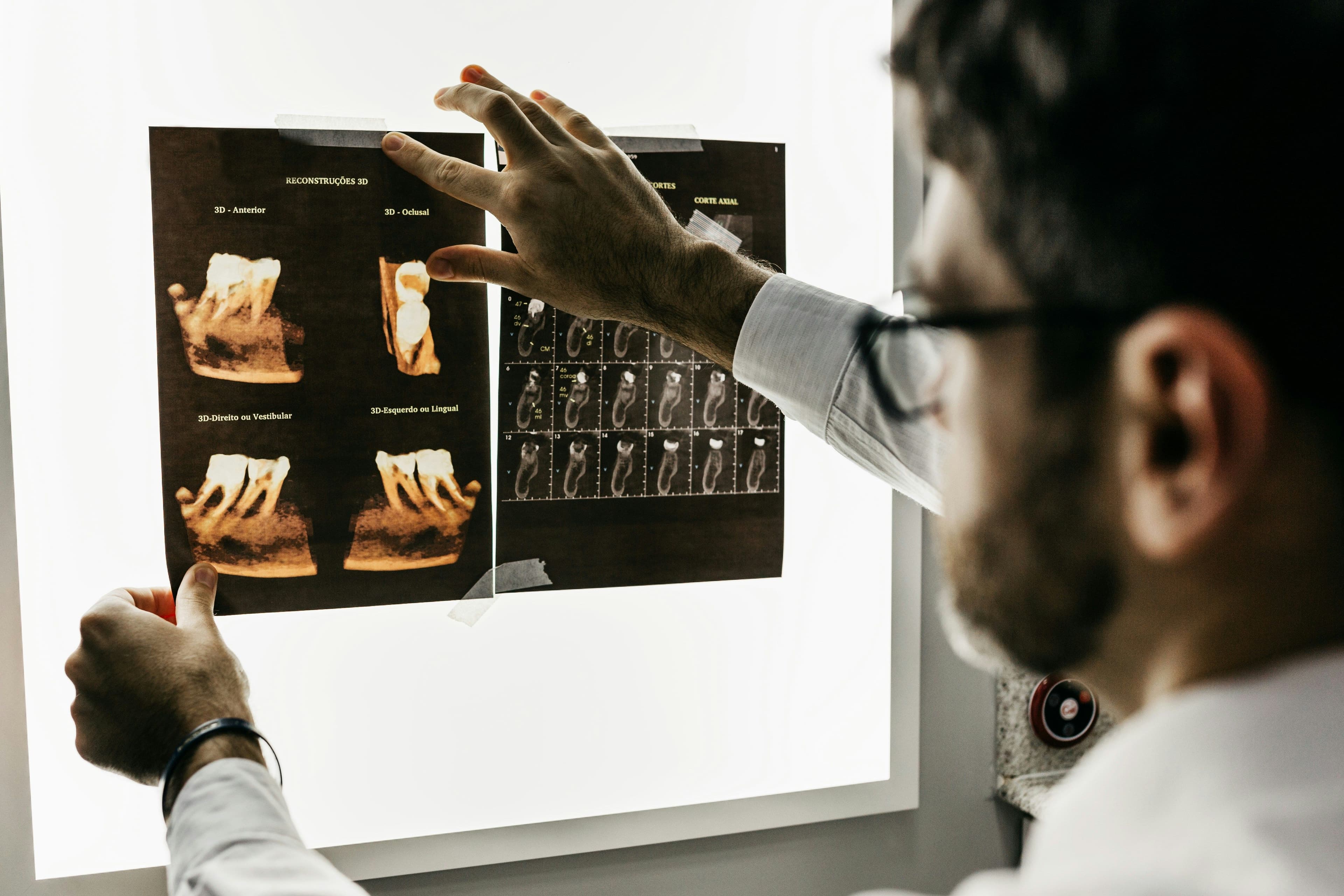Understanding X-Ray Services
X-ray services are a vital component of diagnostic imaging, utilizing ionizing radiation to create detailed images of the body's internal structures. X-rays are commonly used to visualize bones, lungs, and other dense tissues, helping healthcare providers diagnose a wide range of conditions, from fractures and pneumonia to dental cavities and digestive disorders. Recognizing the symptoms and indications for X-ray imaging is essential for ensuring timely and accurate diagnosis and treatment.

Common Indications for X-Ray Imaging
X-rays are often ordered when a patient presents with specific symptoms or signs that suggest an underlying condition affecting the bones, lungs, or other internal structures. Some common indications for X-ray imaging include:
- Bone and Joint Symptoms
- Description: Pain, swelling, or deformity in a bone or joint
- Possible Causes:
- Fractures or dislocations due to trauma or overuse
- Osteoarthritis or rheumatoid arthritis causing joint damage and inflammation
- Bone tumors or infections, such as osteomyelitis
- Developmental abnormalities, such as hip dysplasia or scoliosis
- Respiratory Symptoms
- Description: Cough, shortness of breath, chest pain, or fever
- Possible Causes:
- Pneumonia or other lung infections
- Collapsed lung (pneumothorax)
- Fluid in the lungs (pulmonary edema)
- Lung tumors or masses
- Chronic obstructive pulmonary disease (COPD) or emphysema
- Abdominal Symptoms
- Description: Abdominal pain, bloating, nausea, or vomiting
- Possible Causes:
- Intestinal obstruction or perforation
- Kidney stones or gallstones
- Abdominal aortic aneurysm
- Ingested foreign objects (in children)
- Dental Symptoms
- Description: Tooth pain, sensitivity, or visible decay
- Possible Causes:
- Dental cavities or infections
- Impacted or misaligned teeth
- Jaw fractures or abnormalities
- Periodontal disease affecting the bones supporting the teeth
X-rays use ionizing radiation, which can potentially cause harm to living tissues. However, the risks associated with X-ray imaging are generally considered to be very low, as the radiation doses used in diagnostic X-rays are carefully controlled and minimized.
The benefits of X-ray imaging in diagnosing and treating medical conditions typically far outweigh the potential risks. Nevertheless, healthcare providers follow the ALARA (As Low As Reasonably Achievable) principle, using the lowest radiation dose necessary to obtain adequate diagnostic information.
In some cases, such as pregnancy or repeated imaging over a short period, the risks of X-ray exposure may be given extra consideration. If you have concerns about the safety of X-rays, discuss them with your healthcare provider, who can provide more information about the specific risks and benefits in your individual situation.
Precautions and Contraindications for X-Ray Imaging
While X-rays are generally safe and well-tolerated, there are certain situations in which extra precautions may be necessary or X-ray imaging may be contraindicated:
- Pregnancy
- X-rays can potentially harm the developing fetus, particularly during the first trimester
- If possible, X-rays should be avoided or postponed during pregnancy, especially in the abdominal or pelvic regions
- If X-ray imaging is essential, lead shielding can be used to protect the fetus from radiation exposure
- Contrast Allergies
- Some X-ray procedures, such as angiograms or barium studies, involve the use of contrast agents to enhance the visibility of certain structures
- Patients with a history of allergies to contrast agents, iodine, or shellfish may be at risk for an allergic reaction
- In these cases, alternative imaging modalities or premedication with antihistamines or steroids may be necessary
- Repeated Imaging
- While a single X-ray exposure carries very low risk, repeated X-rays over a short period can increase the cumulative radiation dose
- Healthcare providers may consider alternative imaging modalities, such as ultrasound or MRI, for patients who require frequent monitoring or follow-up imaging
- Children and Adolescents
- Growing tissues in children and adolescents are more sensitive to the effects of radiation
- X-ray imaging in pediatric patients should be performed only when necessary and with the lowest possible radiation dose
- Alternative imaging modalities, such as ultrasound, may be preferred when feasible
If you have any specific concerns or risk factors that may affect your ability to undergo X-ray imaging, discuss them with your healthcare provider, who can help determine the most appropriate diagnostic approach for your individual needs.
Preparing for an X-Ray Procedure
In most cases, little preparation is needed before an X-ray procedure. However, depending on the specific type of X-ray and the area being imaged, you may be asked to:
- Remove jewelry, glasses, or any metal objects that may interfere with the X-ray images
- Wear loose, comfortable clothing that allows easy access to the area being imaged
- Change into a hospital gown to ensure no external objects obscure the X-ray images
- Inform the radiographer if you are pregnant or suspect you may be pregnant
- Follow specific instructions for certain types of X-rays, such as fasting or taking contrast agents before the procedure
Your healthcare provider or the radiology staff will provide you with specific instructions based on the type of X-ray you are scheduled to undergo. If you have any questions or concerns about the preparation process, don't hesitate to ask for clarification.
Conclusion
X-ray services play a crucial role in diagnosing and monitoring a wide range of medical conditions, from fractures and lung infections to dental cavities and digestive disorders. By understanding the common indications, precautions, and preparation requirements for X-ray imaging, patients can work with their healthcare providers to ensure safe, effective, and timely diagnostic evaluations.
If you are experiencing symptoms that may warrant an X-ray, such as persistent pain, swelling, or difficulty breathing, consult your healthcare provider for a thorough assessment. With the help of X-ray imaging and other diagnostic tools, your healthcare team can develop an accurate picture of your health status and recommend the most appropriate course of treatment to help you achieve optimal outcomes and quality of life.